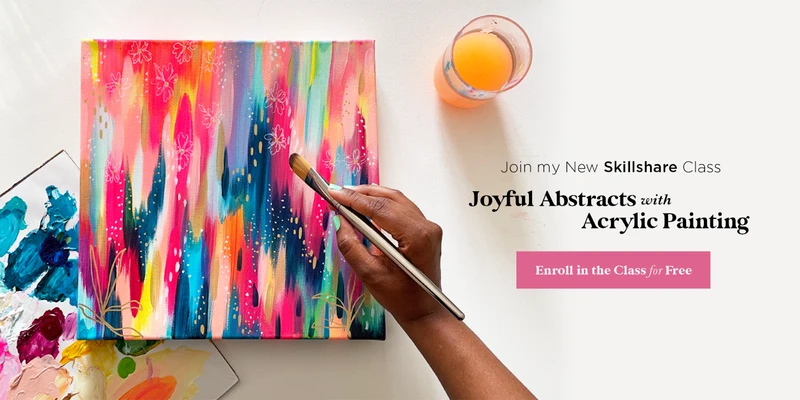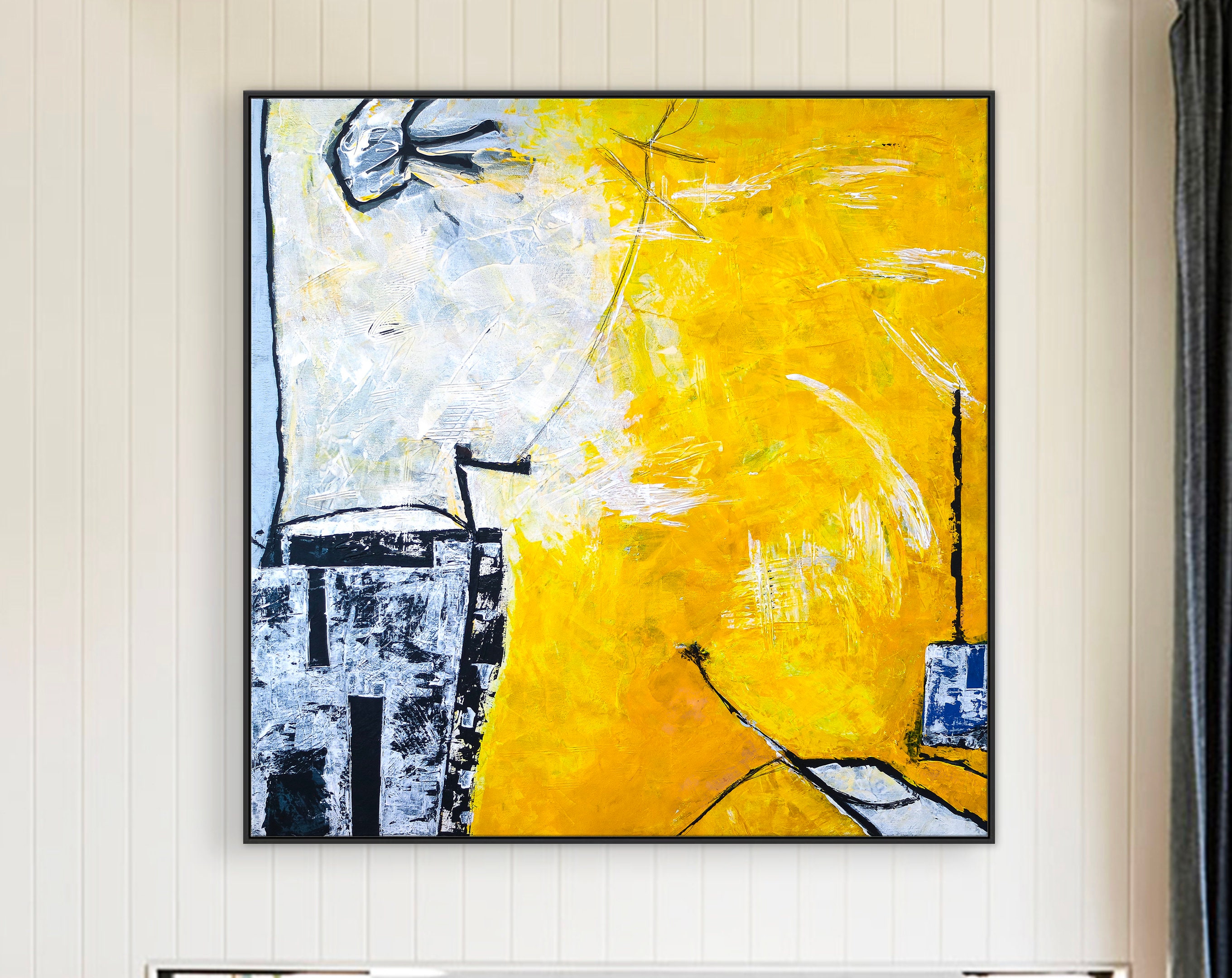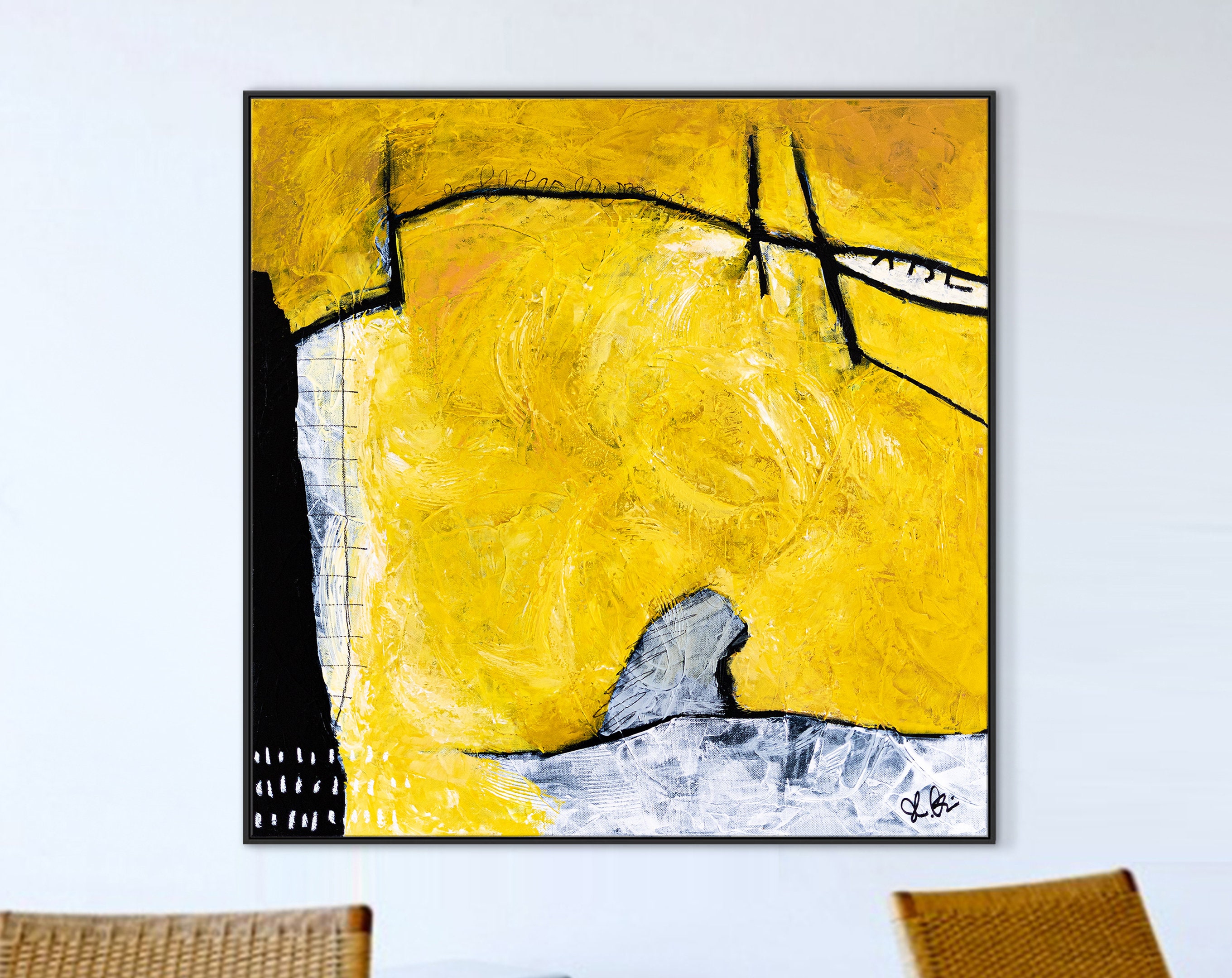how to start painting abstract art
Starting to paint abstract art can be an exciting journey that allows for personal expression and creativity. Here’s a structured guide on how to begin:
## Essential Materials
To start painting abstract art, gather the following materials:
- **Acrylic Paints**: A basic set including primary colors (red, blue, yellow), black, and white is ideal for beginners[1].
- **Brushes**: Various sizes will give you different effects. You might also consider using tools like palette knives or sponges[1].
- **Canvas or Paper**: A small canvas is recommended, but you can also use heavy paper or cardboard[1].
- **Palette**: For mixing colors, an old plate or a wooden board works well[1].
- **Primer (Optional)**: Priming your canvas can enhance durability and allow for interesting textures[1].
## Preparation Steps
1. **Set Up Your Workspace**: Lay your canvas flat on a table covered with newspaper to protect your surface from paint spills. Wear an old shirt or a smock to keep your clothes clean[1].
2. **Prepare Your Materials**: Have all your paints, brushes, and palette ready. If you choose to prime your canvas, do that first[1].
## Starting Your Painting
### Techniques to Begin
Here are some fun and creative ways to kickstart your abstract painting:
- **Draw with Your Non-Dominant Hand**: This can create unexpected shapes and lines[2].
- **Color Blocking**: Use three colors to block out sections of the canvas, focusing on composition and balance[2].
- **Use Leftover Paint**: Incorporate remnants from previous projects to add texture and depth without wasting materials[2].
- **Incorporate Music**: Paint while listening to music to inspire emotion and spontaneity in your strokes[2].
### Step-by-Step Process
1. **Apply Primer (Optional)**: If you decide to prime your canvas, apply a layer of primer to seal it. This step is not mandatory but can be beneficial[1].
2. **Begin Painting**:
- Start with broad strokes or shapes using a brush or other tools.
- Allow yourself to experiment without overthinking; the goal is to enjoy the process and express yourself freely[1][4].
3. **Layer Colors**: Let the colors dry between layers if you want distinct sections or blend them for softer transitions[1].
4. **Final Touches**: Once satisfied with your work, step back and assess it. You can add details or leave it as is based on your vision[1].
## Tips for Success
- **Embrace Mistakes**: Abstract art thrives on spontaneity; don’t be afraid of making mistakes as they can lead to unique outcomes[4].
- **Play with Scale**: Experimenting with larger canvases can enhance your creative freedom and allow for more dynamic compositions[4].
- **Keep It Fun**: Remember that abstract painting is about exploration and enjoyment—there are no strict rules![4].
By following these guidelines, you can embark on your journey into abstract art with confidence and creativity. Enjoy the process!
Prev: Contemporary Art




